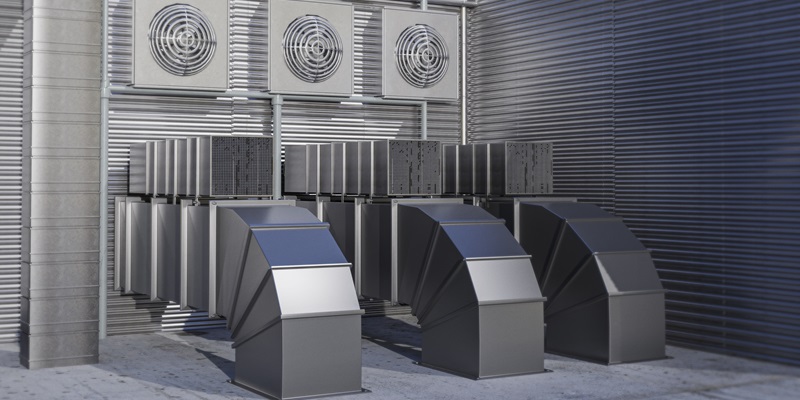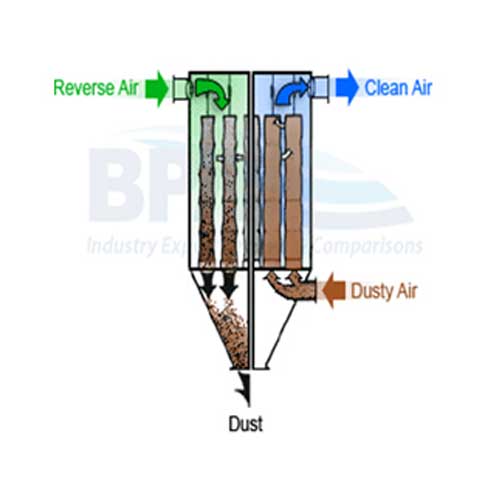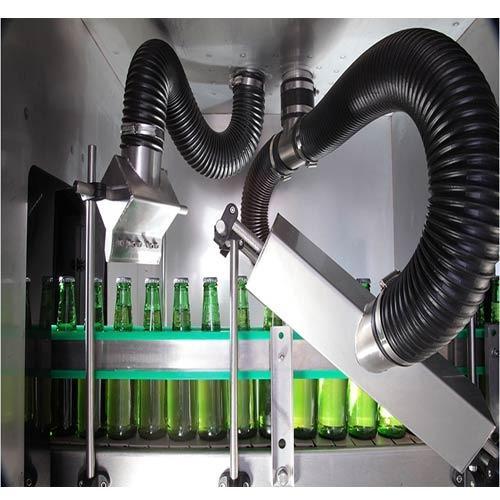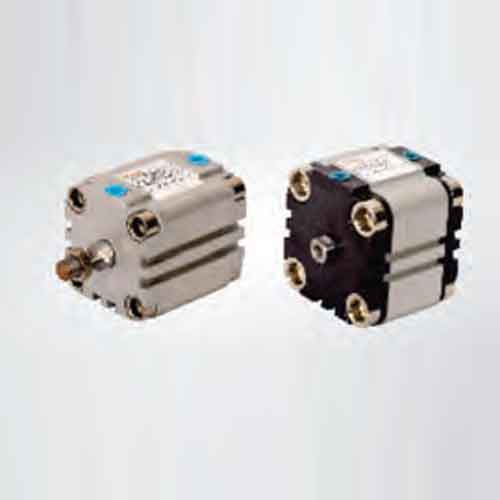Schedule a Call Back
Industrialisation and urbanisation drive the HVAC market in India
 Articles
Articles- Aug 29,24

Related Stories

AI models could be biased in algorithm design: Vandana Iyer
In conversation with Sanskriti Ramachandran, Vandana Iyer, Research Director-TechVision, Frost & Sullivan, talks about the extensive use of AI and automation in the pharmaceutical industry.
Read more
Role of AI and automation in quality control in the pharmaceutical industry
In recent months, the Indian pharma industry, accounting for 20% of the global generic exports, has been facing problems related to quality from global & local regulators. By leveraging AI and autom..
Read more
AI can detect anomalies during production: Bharat Shah
In this exclusive interview with Sanskriti Ramachandran, Bharat Shah of SK Healthcare, delves into the role of ai and automation in the pharma industry.
Read moreRelated Products

Reverse Air Bag House
ABR Enviro Systems offers a wide range of reverse air bag house.

High Quality Air Knife System
Superchillers offers high quality air knife system. Read more

Compact Cylinders -Vadvu Series
Vijay Air Control offers a wide range of compact cylinders -Vadvu Series












